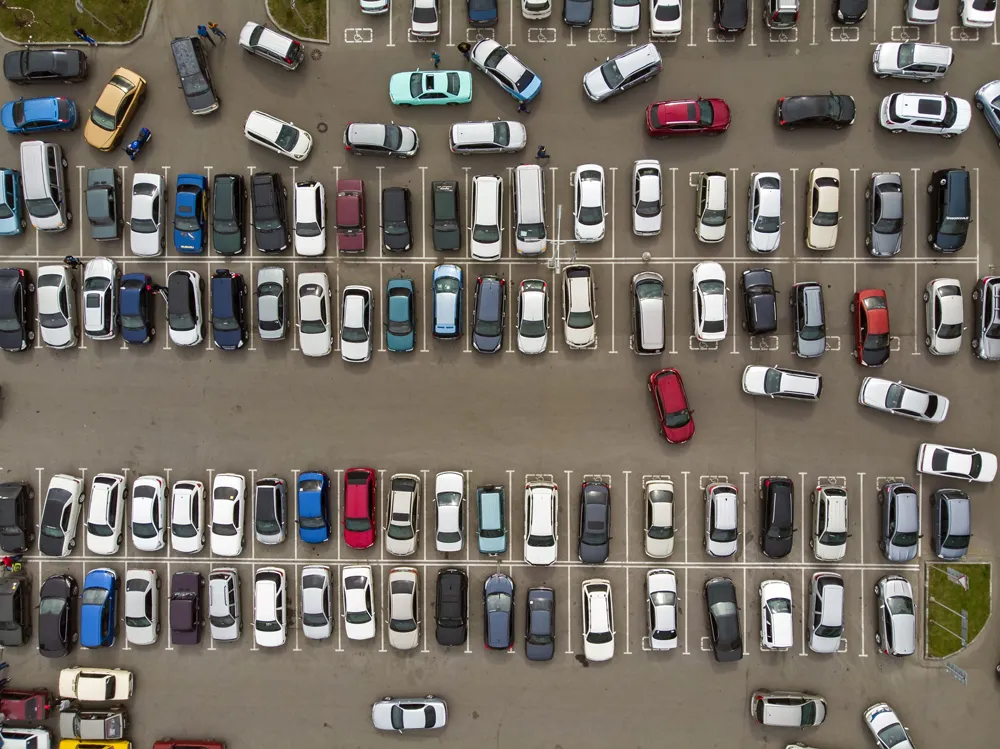Xerox and Holland Container Innovations (HCI) are the joint winners of the 2014 Promising Innovation in Transport Award, awarded by the International Transport Forum at the OECD, an intergovernmental organisation for the transport sector with 54 member countries.
Xerox receives the award for its Merge system, a city-wide sensor-based, smart parking solution that reduces traffic and congestion through guided parking with demand-based pricing.
HCI receives the award for their 4FOLD ISO-certified foldabl
May 19, 2014
Read time: 3 mins
Xerox receives the award for its Merge system, a city-wide sensor-based, smart parking solution that reduces traffic and congestion through guided parking with demand-based pricing.
HCI receives the award for their 4FOLD ISO-certified foldable container, which significantly reduces the economic and environmental cost of empty container shipment.
First deployed in downtown Los Angeles in June 2012, Merge uses the data from smart meters, off-street parking lots and over 6,000 on-street parking sensors to get a complete view of parking demand and behaviour in a six square mile area. According to Xerox, it is the first system to fully integrate and provide analytics on all aspects of metered and off-street programmes.
The system feeds this data in real-time to smart phone applications and a vehicle’s navigation system to provide motorists with actual parking rates and guidance to available spaces. A pay-by-cell system allows drivers to pay for, and top up their parking meters using a cell phone or smart phone. Payments are automatically visible to enforcement officers.
Smart pricing algorithms use the parking sensor data to refine parking rates based on demand: Blocks that are often full see their rates increased; underutilised areas see their rates decreased. Drivers thus have an incentive to use a different mode or to park slightly further away. When rates are set appropriately the need to circle around looking for parking is reduced – with less time lost, congestion reduced, safer driving and better access to shops.
The jury was impressed with the capabilities offered by the Xerox system, in particular with the implementation of dynamic pricing. It noted the possibility for this concept “to evolve by providing additional information for users regarding alternate options for travel”, which would offer “significant additional benefits for passenger mobility”.
HIC’s 4FOLD foldable container is said to be the first in the world that has passed the ISO certification test. When empty it can be folded to a quarter of its height; four folded containers can be bundled to the same dimensions as a standard container. Folding and unfolding of the container takes about four minutes and is done with standard lifting equipment.
A pilot project running between the Netherlands and Spain found that the costs of the empty transport were reduced to such an extent that it is cheaper to use a container in a multimodal setup than to use a truck on the road.
According to HCU, the foldable container provides a solution to one of the largest issues in present day transport - the issue of empty container movements and the related environmental impact
The jury highlighted the significant potential offered by this innovation for “improving efficiency within the most prevalent freight movement mode globally”, both for the transport and the storage of containers.
In addition, the jury awarded a Special Mention to Singapore’s
The jury felt the initiative is “an excellent example of bringing the customer to the centre of transport policy” through integration of all transport modes, the provision of tailored information about travel optimisation, the standardisation of data provision, and the financial support for new ideas.









